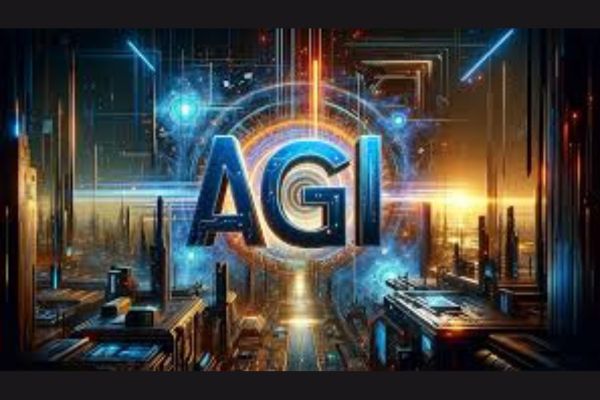Consider a world in which machines can understand, learn, and reason as humans. Because of developments in Artificial General Intelligence, the future of AI will be here soon. AGI differs from conventional AI which excels at narrowly defined professions, as it attempts to mimic human intelligence capable of understanding, learning, and applying knowledge across wide domains. AGI is a significant advancement in artificial intelligence that has the potential to transform industrial settings, spur innovation, and redefine how we interact with technology.
AGI vs. Narrow AI: Unlike narrow AI, which has specialized single tasks, AGI seeks to perform any intellectual task that a human can. Narrow AI has been quite brilliant at its single tasks, while AGI seeks to learn and understand knowledge through the full range of functionality a human can.
Early Concepts and Theoretical Foundations: It was first proposed in the early 1900s to create a machine or a program that was capable of thinking and acting more like a person. The Turing Test, designed by Alan Turing in 1950 to assess intelligence comparable to that of humans, established the scenario. There occurred many significant inventions after that to quantify the principle that is proposed. This principle underpins research and advancements in the field of human-computer interfaces.
Machine Learning Comes of Age: Machine learning emerged in the 1950s and 1960s as a result of statistical algorithms that could identify patterns in data and use them to make future decisions without external supervision. Frank Rosenblatt’s Perceptron of 1957 is the simplest neural network model which showed that computers could learn from experience and that can be programmed and trained, was a crucial step towards general artificial intelligence. Perceptrons showed that computers could learn from their experiences and could be trained to recognize things in photographs.
Symbolic AI and Expert Systems: The Expert systems and symbolic AI centered on the encoding of knowledge and the application of rules and symbols in human reasoning. AI has shown promise as a useful and effective solution in certain issue areas, as seen by expert systems such as MYCIN, which identified bacterial illnesses. These systems were static and rule-based, which made them restricted from all these.
Revival of Neural Networks: AI was given a major boost in the late 1980s and early 1990s with the advent of connectionism and neural networks, which were modelled after mimicking the human brain. Training multi-layer neural networks became possible because of backpropagation techniques, which helped the networks dominate tasks like image and speech recognition. This signaled the transition of AGI techniques from rule-based to learning-driven.
The Big Data Revolution: The Big Data revolution of the early 2000s gave AI researchers access to vast amounts of data for training ever more complex models. Large datasets became available, processing and storage power increased, and data-intensive learning methods like deep learning became feasible. This gave the way for advancements in a number of verticals, including computer vision and natural language processing.
The Emergence of Deep Learning: Deep learning, a subset of machine learning, has been a crucial breakthrough in the journey toward AGI. In tasks like speech and image recognition, Convolutional Neural Networks and Recurrent Neural Networks perform at a human-level of intelligence.
Current Status and Future Directions: At this moment, we are extremely near to witnessing the full potential of AGI. Reinforcement learning in large scale, unsupervised learning, and transfer learning are some of the primary fields that focus on making machines capable of learning new tasks and interpreting functions and take decisions without human interventions.
Comparison to Narrow AI (ANI): While ANI is limited to specific tasks, AGI can manage a wide range of activities. AGI can operate fluently and autonomously on new tasks, but ANI needs explicit programming for each activity. In the future, artificial general intelligence (AGI) hopes to mimic human cognitive functions like learning, reasoning, problem-solving, and empathy.
Ethical and Societal Implications: Ensuring fairness and mitigating bias in AGI development is crucial. Other crucial factors to take into account are to include safeguarding user data and defending AGI systems against cyberattacks extensively. To further address the impact on employment, controlling job displacement and assisting with workforce transformation are essential. In order to guarantee ethical behaviors, responsible development of AGI requires cooperation between researchers, legislators, and society.
AGI research has produced numerous important results, ranging from theoretical foundations to deep learning advances. Even if AGI remains ideal, present AI research is pushing the envelope, imagining a time when AI would fundamentally revolutionize our way of life and work for the better. To ensure that AGI helps mankind as a whole, it will be necessary to address technical, ethical, and social issues.
Understanding these characteristics allows us to better appreciate the immense potential influence artificial general intelligence (AGI) has on our future reshaping sectors, stimulating creativity, and changing how we engage with technology.
















